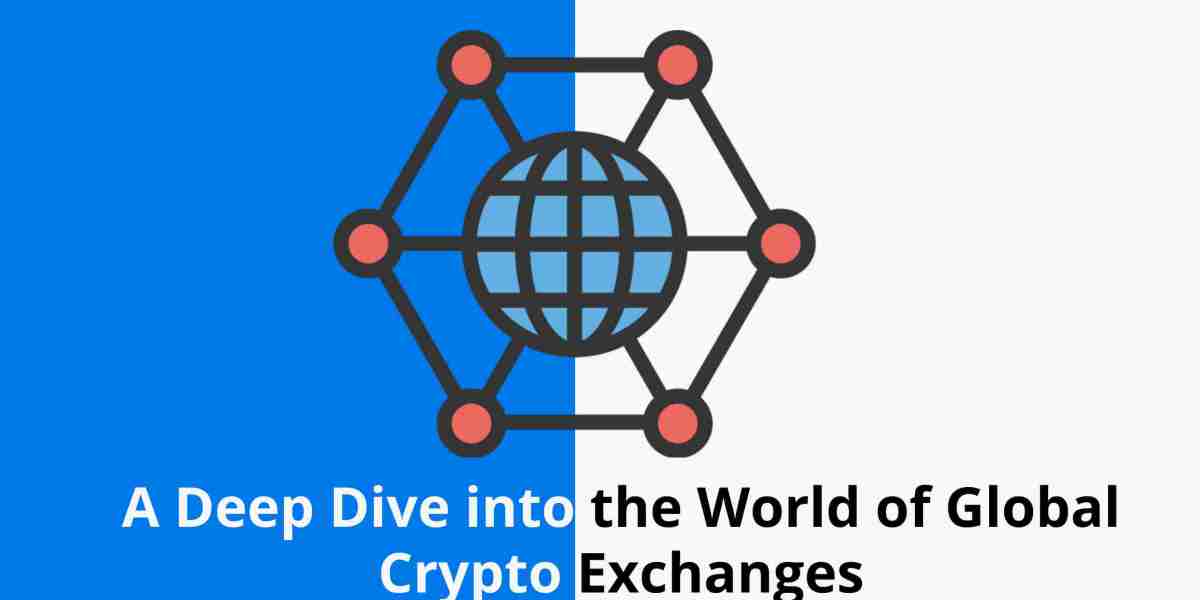Introduction
Every Global crypto exchange is crucial for trading digital assets, including converting Ripple to INR.
This guide explores the main types—centralized and decentralized—along with key considerations such as security, user experience, and fees.
It also highlights emerging trends like AI integration and cross-platform access, helping you make informed decisions in the dynamic world of crypto trading.
1. Types of Crypto Exchanges
a. Centralized Exchanges (CEXs):
Centralized exchanges are the most widely used type of crypto exchange.
They operate as intermediaries between buyers and sellers and manage users' funds and transactions.
Prominent examples include Binance, Coinbase, and Kraken. These platforms offer high liquidity and advanced trading features but require users to trust the exchange with their funds.
b. Decentralized Exchanges (DEXs):
Decentralized exchanges operate without a central authority, allowing peer-to-peer transactions.
DEXs like Uniswap and SushiSwap use smart contracts to facilitate trades, giving users greater control over their funds and enhanced privacy.
However, they may have lower liquidity and higher transaction fees than CEXs.
2. Key Features to Consider
a. Security:
Security is paramount in the crypto world.
Look for exchanges with robust security measures such as two-factor authentication (2FA), cold storage for assets, and regular security audits.
High-profile breaches have highlighted the importance of choosing exchanges with a strong track record in safeguarding funds.
b. User Experience:
An intuitive interface can greatly improve your trading experience.
Exchanges with intuitive designs, responsive customer support, and educational resources cater to beginners and experienced traders.
c. Trading Fees:
Different exchanges have varied fee structures, including transaction, withdrawal, and trading fees.
Understanding these costs is essential as they can impact your overall profitability.
3. Emerging Trends
a. Integration of AI and Machine Learning:
Artificial Intelligence (AI) and machine learning are increasingly being integrated into trading strategies and risk management on crypto exchanges.
These technologies can enhance predictive analytics and automate trading processes.
b. Cross-Platform Access:
As the demand for seamless trading experiences grows, many exchanges are developing mobile apps.
Desktop platforms that offer cross-platform access, allow users to trade and manage their portfolios from anywhere.
Conclusion
Selecting the right global crypto exchange app involves understanding both centralized and decentralized platforms, focusing on security, user experience, and fees.
Whether converting BTC to INR or exploring other assets, emerging trends like AI integration and cross-platform access can enhance your trading experience.
Evaluating these factors ensures informed decisions and better engagement in the evolving crypto landscape.













